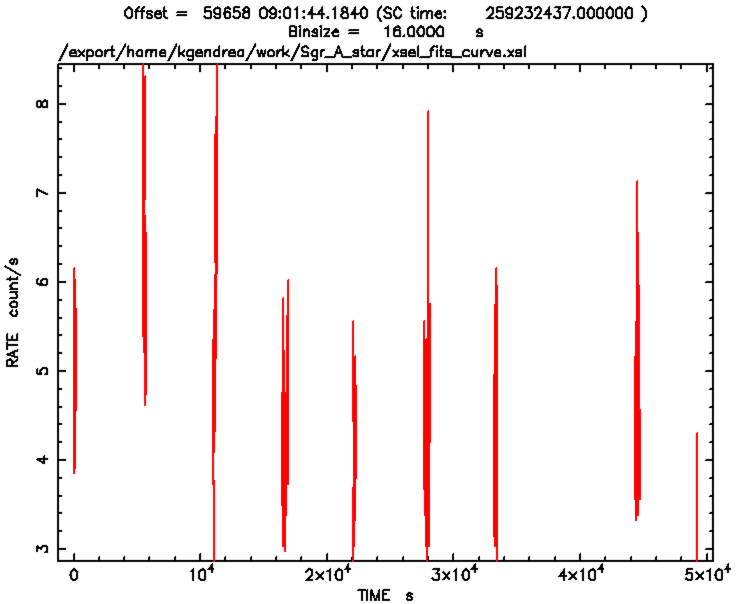NICER / ISS Science Nugget
for March 31, 2022
NICER engages in global supermassive black-hole campaign
The Event Horizon Telescope (EHT) experiment ties together an array of millimeter-wavelength ground-based telescopes around the world to effectively create a single instrument that can "zoom in" to provide unprecedented images of the event horizons - the gravitational point-of-no-return - of supermassive black holes (SMBHs) at the centers of nearby galaxies. For the galaxy M87, the EHT "
orange donut" image released in 2019 quickly became iconic. EHT observations in 2020 and 2021 were curtailed by the coronavirus pandemic, but the Spring 2022 campaign has just concluded. In support of EHT's radio-band observations, multiple space-based X-ray telescopes have conducted concurrent observations, of both EHT's primary SMBH targets and its calibrators (quasars or blazars). This coordinated monitoring is valuable because the mm-wave and X-ray emissions both trace gas flows at the inner edge of the accretion disk around the SMBHs; any variability in X-ray brightness informs models of the radio imaging "donut." Together with NASA's NuSTAR hard-X-ray and Chandra soft-X-ray imaging telescopes, as well as ESA's hard and soft (respectively) X-ray telescopes INTEGRAL and XMM-Newton, NICER recently observed a handful of targets, including the SMBH at the center of our own Milky Way galaxy (Figure 2), in support of EHT. Joint data analysis is in progress.


Figure: Left: NICER spectrum of the galaxy M87, obtained in coordination with Event Horizon Telescope and a multitude of other observatories. The 2019 EHT image of the event horizon at the core of M87 is shown in the inset.
Right: Variations in the X-ray brightness of Sagittarius A*, the million-solar-mass black hole at the center of the Milky Way, as seen by NICER on March 20, 2022.
<< Previous
Main Index
Next >>